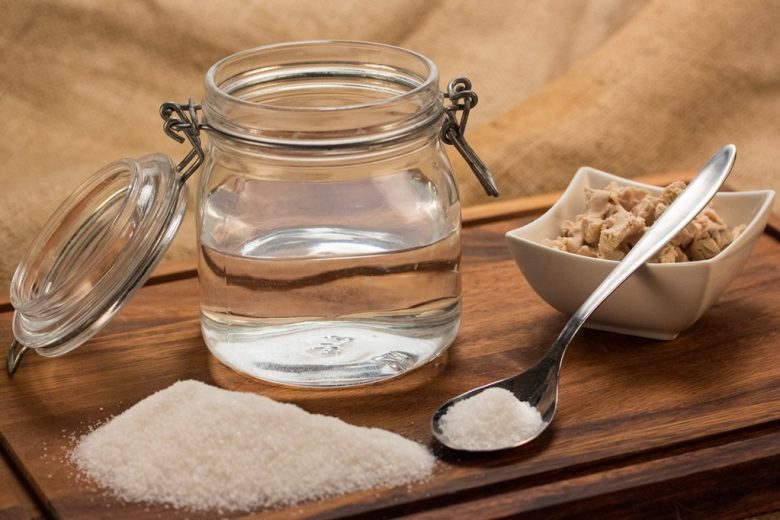Salt-Yeast Process
This process is a specialty in making wheat dough. It is used to make elastic, more malleable doughs. A batch is made from yeast and a 10 percent salt solution. The salt-yeast solution is stirred at about 20°C and must stand for at least four hours. Standing times of 24 hours are common, and even after 48 hours there is hardly any difference. The dissolved salt prevents incorrect fermentation.
The saline solution removes cell fluid from the yeast – plasmolysis occurs, i.e. damage to the cell skin by detachment (shrinkage). This makes the cell membrane permeable and the yeast enzymes escape. The yeast cells die in the process. However, the fermentation enzymes contained in the cell sap remain effective and get into the dough via the salt solution.
Advantages of Salt-Yeast Solution:
- Elastic dough (not very tough)
- Doughs that stay fresh longer (remain workable)
- Better dough stability
- Relatively large fermentation tolerance
- Ease in processing large quantities of dough
From this salt-yeast solution you can take the required amount in each case for one to two days of production for all the bread and roll doughs; if necessary, yeast can be added to the dough. However, this is hardly necessary as the dough reaches full maturity very quickly.
Example: Wheat Dough with Salt-Yeast Addition:
Salt-Yeast Solution:
- 20g Salt
- 200g Water = 10 parts /(10%)
- 20g Yeast (2%)
let stand for at least 4 hours / maximum 48 hours
Mixing the Yeast Solution:
- Dissolve the salt in water at a ratio of 1:10
- Add the total yeast amount (up to 6% of the flour amount) and stir.
- Allow the yeast solution to stand for at least 4 hours at 5°C and up to 48 hours,
- The batch can be stored in closed containers (the salt-yeast solution does not contain any nutrients, so that no fermentation occurs in it).
Main dough:
- 1000g Wheat flour Type 700
- 400g Remaining water
- 240g Salt-yeast solution
- 30g Liquid malt
- 20g Butter
The dough is slightly moist and smoother due to the salt-yeast mixture. This makes it easier to work up. The dough has better stability, ferments more evenly and has a relatively large fermentation tolerance. Both with the dough processing and on the proof. The processing of large doughs becomes less risky if longer processing times are to be compensated for by improved fermentation tolerances. Since the dough can be fully proofed, the baked goods have a large volume. The crumb is elastic and easy to cut. It has fine and even pores. The shelf life also improves a lot.



